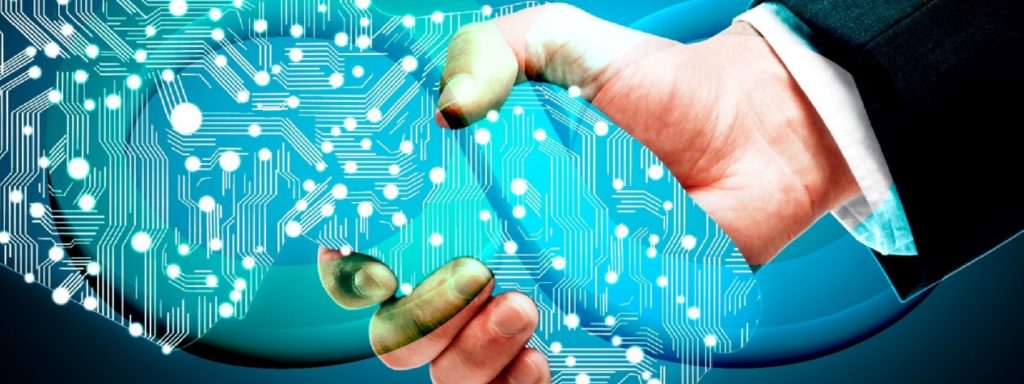
Recently I read that Siemens has defined a new term called ‘executable digital twin’
If you have worked in the space of digital twins before you know that there is no shortage of definitions for digital twins!
At first, I thought, why muddy the waters with yet one more definition
But I think there is something here
According to Siemens
The executable digital twin is a mechanism in which the digital twin is encapsulated as an executable software capable of running on restricted hardware outside the premises of the creator of the twin
This approach has a number of advantages
- Intellectual property can be protected by deploying the twin as an executable
- Non experts can use the twin
- The executable twin can run on restricted hardware which may be on edge devices thereby reducing decision time and helping to make real time decisions.
My comments
The executable twin definition addresses a real need
The aim of the definition is to cover the subject of DT Ops i.e. a combination of digital twins and devops. However, it appears that the Siemens definition does not necessarily imply containers (as in docker containers) and nor does it imply that the twin itself has any form of AI (i.e. training the model in the cloud and deploying on to edge devices)
There are actually many definitions of digital twins some of which have covered the idea before partly. A Survey on Digital Twin: Definitions,Characteristics, Applications, and Design Implications provides a list
Integrated systems
Integrated multi-physics, multiscale, and probabilistic simulation composed of physical product, virtual product, data, services and connections between them
An ultra-realistic, integrated multi-physics, multiscale, probabilistic simulation of a system
A big collection of digital artifacts that has a structure, all elements are connected and there exists mata-information as well as semantics
Comprehensive physical and functional description of a component, product or system together with all available operational data.
A systematic approach consisting of sensing, storage, synchronization, synthesis and service
Clone, counterpart
Definition: Computerized clones of physical assets.
The virtual and computerized counterpart of a physical system
Functional system formed by the cooperation of physical production lines with a digital copy.
Ties, links
Connections of data and information that ties the virtual and the real product together.
New mechanisms to manage IoT devices and IoT systems-of-systems
Technology that links the real and the digital worlds
Description, construct, information
Comprehensive physical and functional description of a component, product or system.
A digital information construct about a physical system.
The notion where the data of each stage of a product lifecycle is transformed into information.
Simulation, test, prediction
A safe environment in which you can test the impact of potential change on the performance of a system
Reengineering computational model of structural life prediction and management
A simulation based on expert knowledge and real data collected from the existing system.
Virtual models for physical objects to simulate their behaviors
Virtual mirror, replica
A virtual representation of the systems.
Digital mirror of the physical world.
Digital model that dynamically reflects the status of an artifact.
Detailed virtual model of ourselves.*
Virtual representation of a real product.
A digital copy of a physical system.
Virtual of a physical production asset.
A replication of real physical production system.
Cyber copy of a physical system.
A dynamic digital representation of a physical system.
A virtual model of physical object.
So, to conclude, the idea of DTOps can add value if we see it as a twin deployed as an executable on an edge device. There are many use case, especially in engineering, where this function is needed
References and image source Siemens
